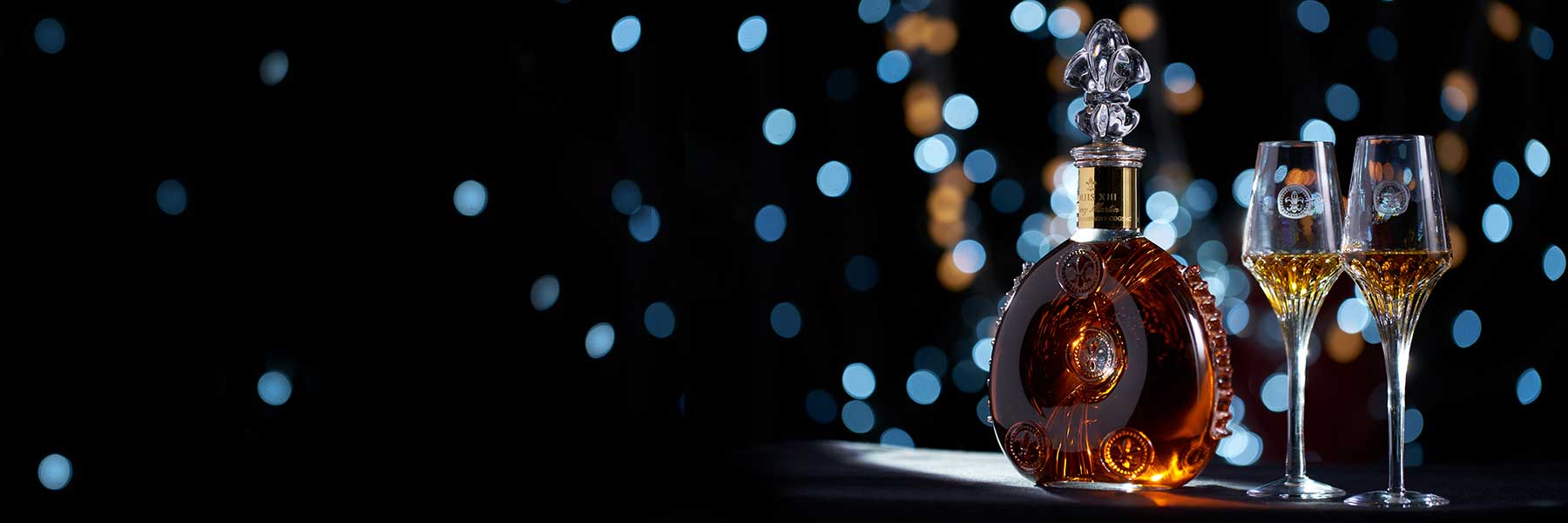

LOUIS XIII elevates cognac to new heights of excellence, creating the world’s first true luxury spirit. At the time of LOUIS XIII’s creation, the world was in a state of rapid change and technological advancement as the Industrial Revolution unfolded. When the rest of the world was looking forward, Rémy Martin was looking back, drawing on centuries of family heritage and craftsmanship in producing the finest cognacs. Louis XIII was born in the era of some of the world’s very first luxury brands such as Hermes, Louis Vuitton, Bally & Cattier, houses of substance that broke ground and retained their stature even today.
Over the years LOUIS XIII has attracted the best and brightest of politics, fashion, and art to its mystical allure. In 1938 it was served to King George IV and Queen Elizabeth II at the Chateaux de Versailles; Charles De Gaulle placed an order in 1944 to celebrate Christmas in liberated France, and Winston Churchill celebrated his election victory with it in 1951.
Inextricably tied to its iconic decanter, LOUIS XIII’s history begins with the discovery of a metal flask adorned with fleur-de-lys, from LOUIS XIII’s reign, on the site of the famous battle of Jarnac from which it takes its inspiration. As the apogee of a family devoted to cognac, Louis XIII was created in 1874 under the name of “Très Grande Champagne – Age Unknown”, and has emerged as a timeless symbol of the pinnacle of cognac production and the perfect synergy of style and substance.
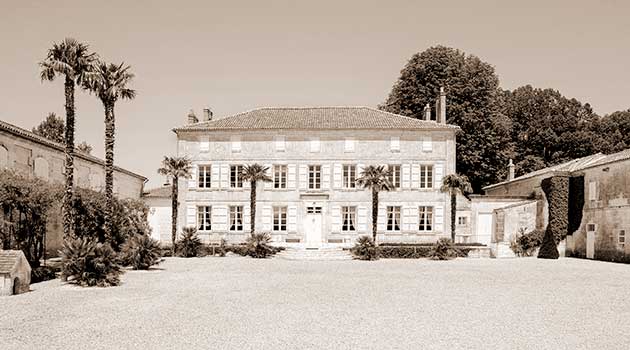
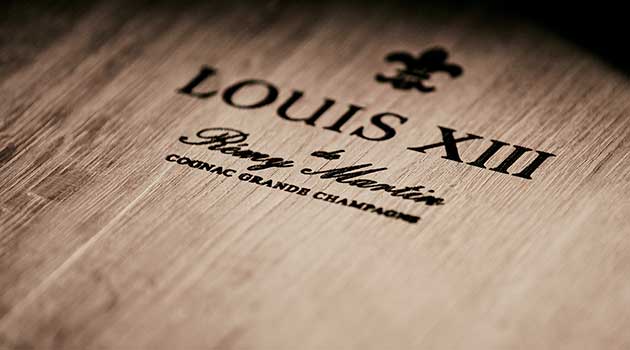
The grapes that will make LOUIS XIII are grown in the very exclusive and strictly delimited portion of the Cognac vineyard that is defined as Grande Champagne.
The cretaceous chalk found in the soil, layered with clay, creates a special perfection that makes it the birthplace of the only grapes that will ever be a part of LOUIS XIII.
In the vineyards of Cognac, the grapes are harvested when they reach aromatic maturity – when they embody the very nature of the soil from which they have grown – rather than at physiological maturity, the moment at which the balance between the acidity and degree of alcohol of the wine is best.
When the grapes are pressed, the pips must be removed at once, in order to avoid any unwanted taste of tannin in the future cognac.
The juice is then left to ferment naturally for one to two weeks. Low initial alcohol content is considered an advantage, as the aromas of the cognac will be richer.
The wine obtained is very fragile. No additive may be used and the wine will be distilled as soon as possible during the winter following the harvest, that is to say, between November and the end of March.
Decades of ageing and blending depend on perfection at this point. Nothing less than the best will do, and the rules are minutely defined. The starting point is a light acidic wine, fermented across a leisurely one-to-two-week period, low in alcohol because that is always the preferred basis for a superior cognac.
Distillation must commence quickly, because the qualities in the wine are fragile – as soon as possible after harvest, in November, and never later than the end of March.
The eaux-de-vie that go into LOUIS XIII are always distilled twice with the ‘lees’, a mixture of grape yeast and minute particles of the fruit.
From the heart of the second distillation, at 70 degrees alcohol comes the fiery young spirit that will, decades later, become LOUIS XIII. But only maybe.
The Cellar Master must now seek within the fire of the alcohol for those indications of excellence that only an expert nose can detect at this stage. And despite the best efforts of the distiller, the decision will most likely be negative.
Of some 1,000 samples that are submitted for the Cellar Master’s approval, barely a dozen will be selected for this special destiny.
Ageing entails a continuous exchange between spirit and outside air, and the tierçon has the most perfect form for this purpose.
The LOUIS XIII tierçon is a cask originally designed for the carriage of cognac on horse-drawn carts, three casks at a time, hence the name. LOUIS XIII traditionally uses casks made of Limousin oak, which have the perfect tannins and porosity for the ageing of eaux-de-vie.
The Cellar Master will inspect and sample each cask every year, judging evolution with an expert nose and selecting certain casks to be blended with certain others.
Each decanter is the life achievement of generations of Cellar Masters.
The LOUIS XIII decanter was created in 1874 when Paul-Émile Rémy Martin produced the first LOUIS XIII cognac from a blend of his finest matured eaux-de-vie. Paul-Émile had acquired a historic flask, discovered on a battlefield in Jarnac, France, and thought to date back to 1569. The flask had an intriguing shape and featured three distinctive fleurs-de-lys.
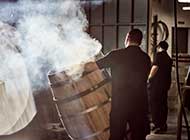
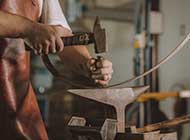
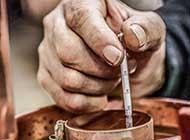


It’s an exciting time for Spirits Platform. We only email you when we’ve got something exciting to share.
Sign up nowYou must be of legal drinking age to enter this website. This website uses cookies.
By entering our website, you agree to our Terms and Conditions and Privacy Policy.
You must be of legal drinking age to enter this website.